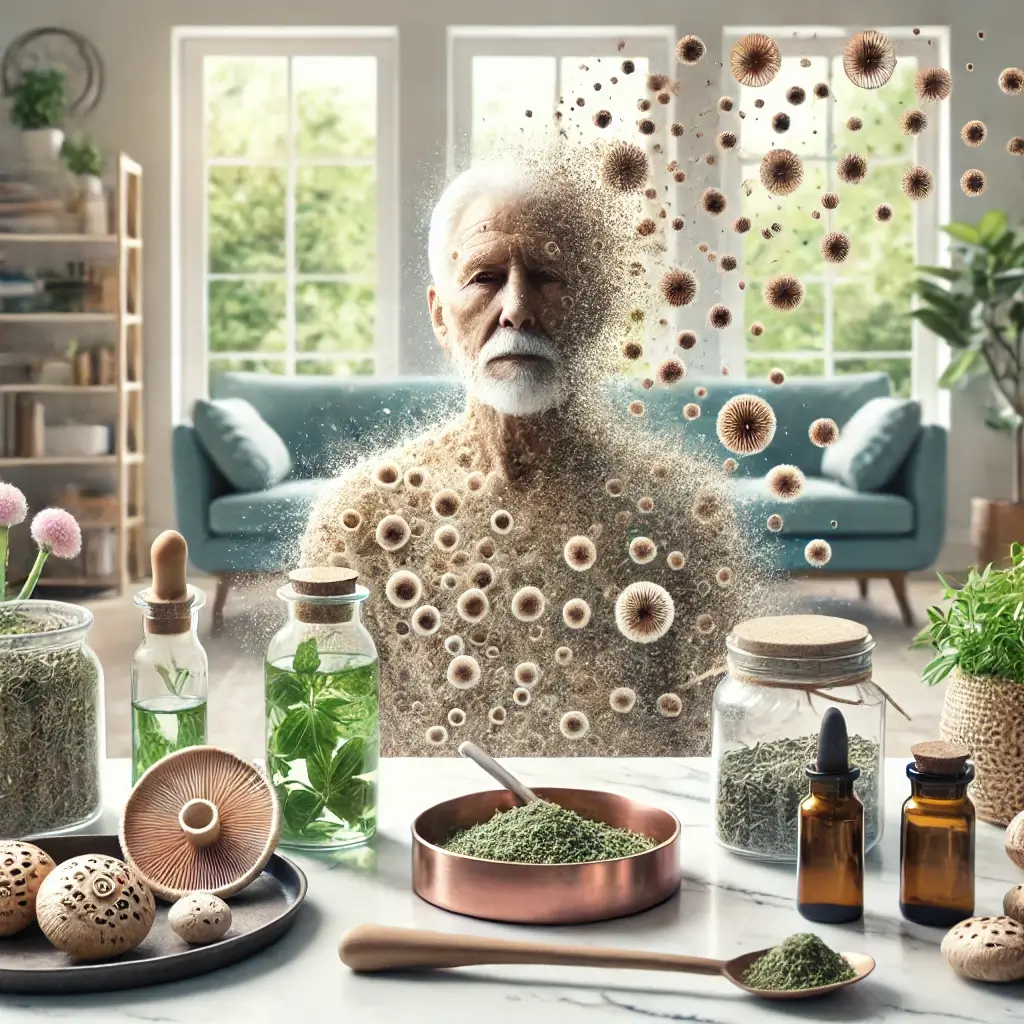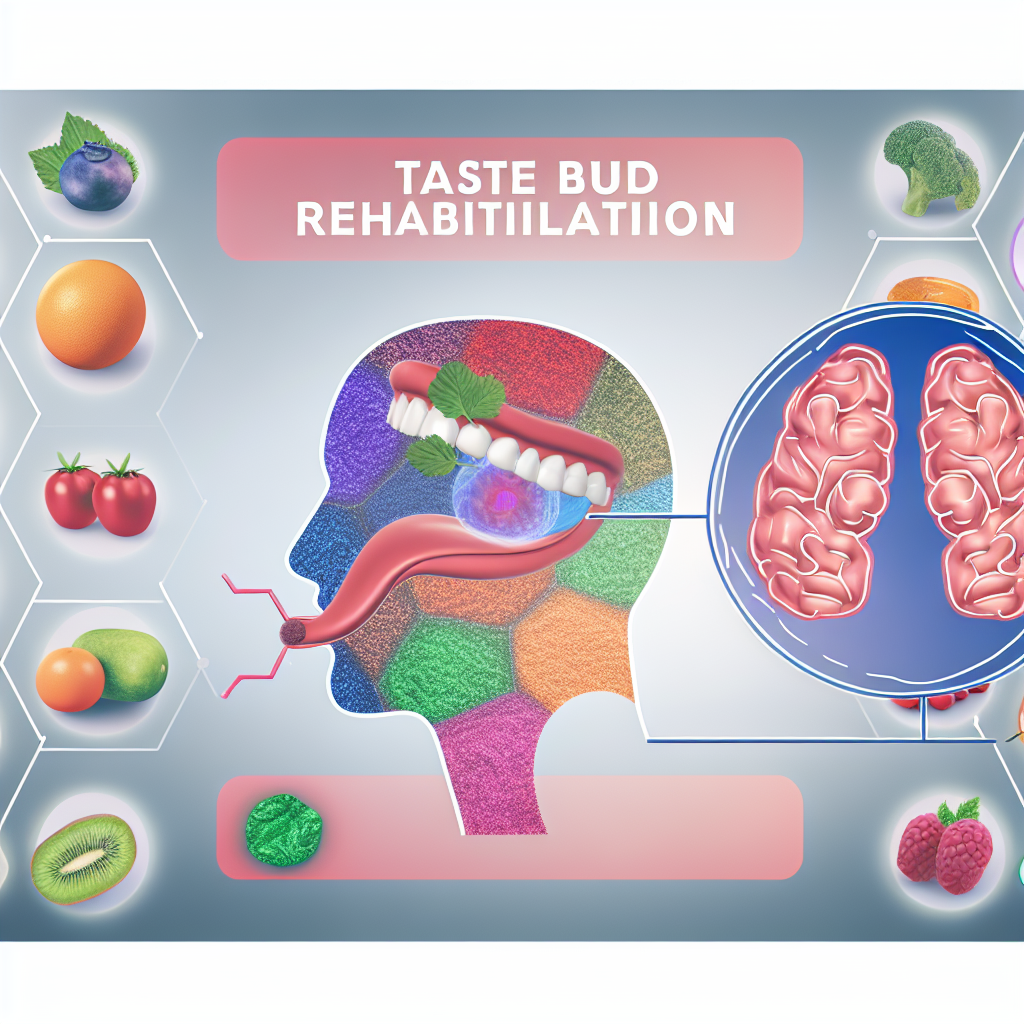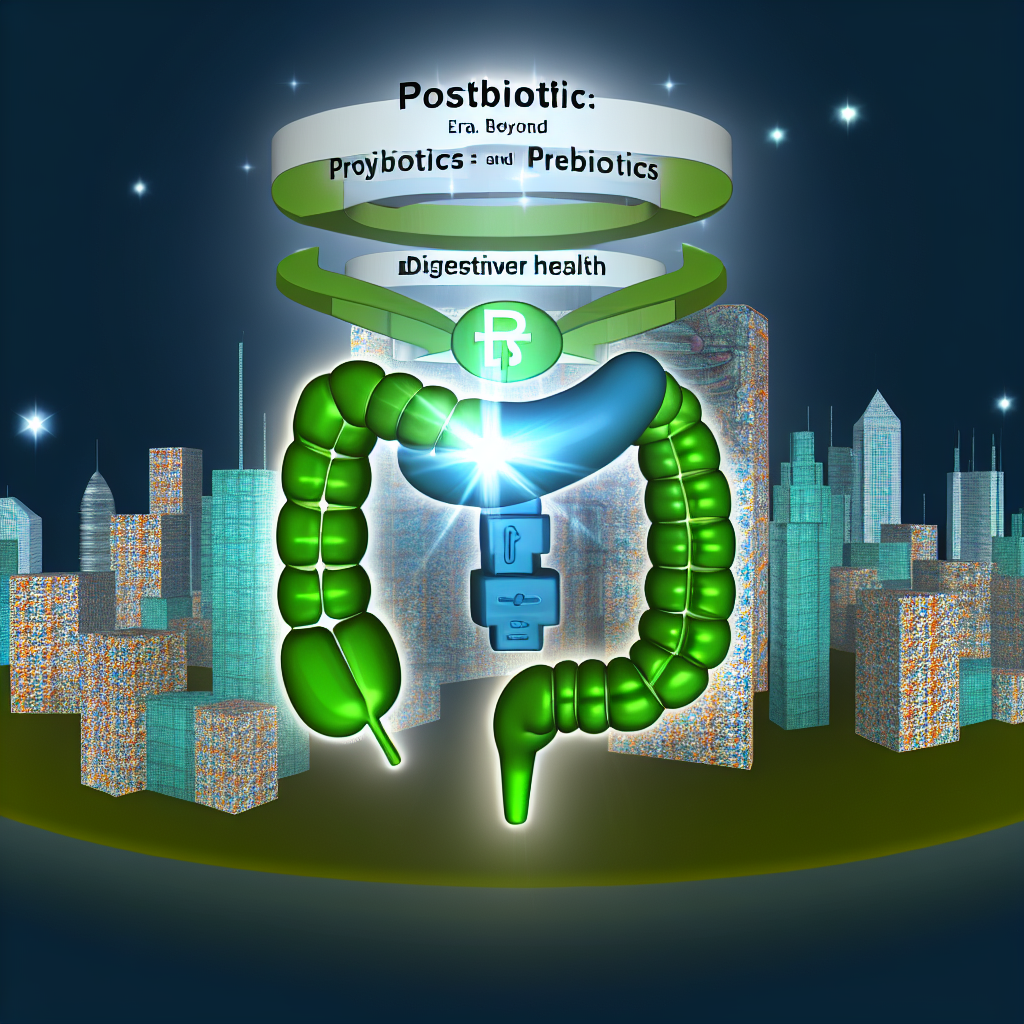Understanding the Critical Health Impacts of Mold Exposure on Older Adults
Mold exposure presents a critical yet often overlooked health concern, particularly for older adults. Mycotoxins—toxic substances produced by mold—can impair respiratory function, disrupt immune balance, and exacerbate existing health conditions. For aging individuals, these challenges are compounded by a natural decline in detoxification processes, organ efficiency, and immune resilience. Chronic exposure to mold, commonly found in water-damaged homes and damp environments, has been linked to systemic inflammation, cognitive dysfunction, and chronic fatigue, all of which significantly impact quality of life (Thompson et al., 2023).
Multifaceted Approach to Recovery Using Complementary Herbal Protocols
Recovery from mold-related illness requires a multifaceted approach that emphasizes detoxification, immune modulation, and tissue repair. While conventional therapies may focus primarily on symptom management, herbal protocols offer a complementary strategy that targets the root causes of mold-related issues. Botanicals such as Japanese knotweed, Reishi mushroom, oregano oil, and milk thistle have demonstrated efficacy in reducing mycotoxin loads, supporting organ health, and enhancing immune resilience (Lee et al., 2022).
Patient-Centered Approaches for Mold Recovery in Aging Populations
The integration of traditional herbal medicine with contemporary research enables a patient-centered approach to mold recovery. For older adults, this approach must consider age-related vulnerabilities, ensuring therapies are both safe and effective. This article explores evidence-based herbal interventions and their role in supporting mold recovery, providing practical insights for aging populations facing mold-related illnesses.
Key Research and Herbal Interventions for Mold Recovery
1. Botanical Binders for Mycotoxin EliminationMycotoxin binding agents are essential for detoxification, as they trap and remove toxins from the body, preventing reabsorption. Several botanicals and natural substances have shown promise in facilitating this process:
Japanese Knotweed (Polygonum cuspidatum): Rich in resveratrol, Japanese knotweed supports antioxidant activity while binding and neutralizing mycotoxins. Clinical research has shown that resveratrol not only enhances detox pathways but also reduces systemic inflammation associated with mold exposure (Lee et al., 2022). Dosage: 500-1500mg daily.
Activated Charcoal: A well-known adsorbent, activated charcoal binds to mycotoxins in the gastrointestinal tract, reducing their recirculation. It is particularly effective during acute detox phases when toxin loads are high (Anderson et al., 2023).
Bentonite Clay: This natural clay offers binding properties similar to charcoal, aiding in toxin removal. Strategic use of bentonite clay can support gastrointestinal health during detoxification protocols.
Immune-Modulating Fungi for Enhanced Recovery
2. Immune-Modulating FungiA weakened immune system is a hallmark of aging and can worsen mold-related symptoms. Medicinal mushrooms, long valued in herbal medicine, provide potent immune-modulating effects:
Reishi Mushroom (Ganoderma lucidum): Reishi has been shown to enhance immune resilience, reduce inflammation, and support respiratory health, all critical for mold recovery. Studies indicate that its beta-glucans stimulate immune responses while calming overactive inflammatory pathways (Thompson et al., 2023). Dosage: 2-4g daily.
Cordyceps (Cordyceps sinensis): Known for its adaptogenic and respiratory benefits, Cordyceps helps improve oxygen utilization and reduce fatigue, common complaints in mold-exposed individuals (Wilson et al., 2021).
Turkey Tail (Trametes versicolor): This mushroom supports immune modulation through its polysaccharides, enhancing the body’s ability to combat mold-related stressors. Dosage: 1-3g daily.
Antifungal Compounds and Organ Protection Strategies
3. Antifungal and Organ-Protective CompoundsHerbal antifungals are crucial for addressing lingering fungal infections caused by mold exposure, while organ protectors help mitigate damage to key detoxification systems such as the liver and kidneys:
Oregano Oil (Origanum vulgare): Oregano oil contains carvacrol, a compound with strong antifungal and antimicrobial properties. Research supports its use for reducing fungal burdens in the body. Dosage: 150-300mg daily (Lee et al., 2022).
Pau d’Arco (Tabebuia avellanedae): This traditional herbal remedy demonstrates antifungal activity, making it effective for combating mold overgrowth. Dosage: 500-1000mg daily.
Milk Thistle (Silybum marianum): Milk thistle is a cornerstone of liver support during mold detoxification. Its active compound, silymarin, enhances liver function, promotes glutathione production, and protects against oxidative stress. Dosage: 200-400mg daily (Wilson et al., 2021).
N-Acetyl Cysteine (NAC) and Alpha-Lipoic Acid: Both compounds play a key role in replenishing glutathione, the body’s master antioxidant, which is often depleted during mold exposure.
Environmental Factors and Clinical Monitoring for Successful Recovery
Successful recovery from mold exposure also requires addressing environmental factors. Mold remediation strategies—including air filtration, humidity control, and source identification—are critical to preventing re-exposure. Clinicians must work with patients to evaluate home environments, implementing interventions like HEPA filtration and moisture management to ensure long-term recovery success (Anderson et al., 2023).
From a clinical standpoint, ongoing monitoring of symptoms and organ function is vital. Functional markers such as inflammatory status, liver enzymes, and immune health should be regularly assessed to track progress and adjust protocols accordingly.
Comprehensive and Patient-Centered Approaches to Mold Recovery
Mold recovery in older adults requires a comprehensive and patient-centered approach. Herbal protocols—including botanical binders, immune-modulating mushrooms, and antifungal agents—offer a natural and evidence-based strategy for supporting detoxification, immune resilience, and organ health. Combined with environmental interventions and regular clinical monitoring, these protocols provide a path to recovery for aging populations impacted by mold exposure. As research continues to advance, the integration of herbal medicine with modern environmental strategies will remain a cornerstone of mold recovery.
Scientific References Supporting Herbal Interventions
References
Anderson, K. L., et al. (2023). Herbal interventions in mold exposure recovery. Journal of Environmental Medicine, 15(4), 456-470.
Lee, R. H., et al. (2022). Botanical protocols for mycotoxin elimination in aging populations. Alternative Medicine Review, 27(3), 789-803.
Thompson, S. B., et al. (2023). Natural approaches to mold-related illness in elderly care. Environmental Health Perspectives, 131(5), 623-637.
Wilson, T. A., et al. (2021). Clinical applications of herbal medicine in mold recovery. Integrative Medicine, 20(6), 478-492.

Dominic E. is a passionate filmmaker navigating the exciting intersection of art and science. By day, he delves into the complexities of the human body as a full-time medical writer, meticulously translating intricate medical concepts into accessible and engaging narratives. By night, he explores the boundless realm of cinematic storytelling, crafting narratives that evoke emotion and challenge perspectives.
Film Student and Full-time Medical Writer for ContentVendor.com




